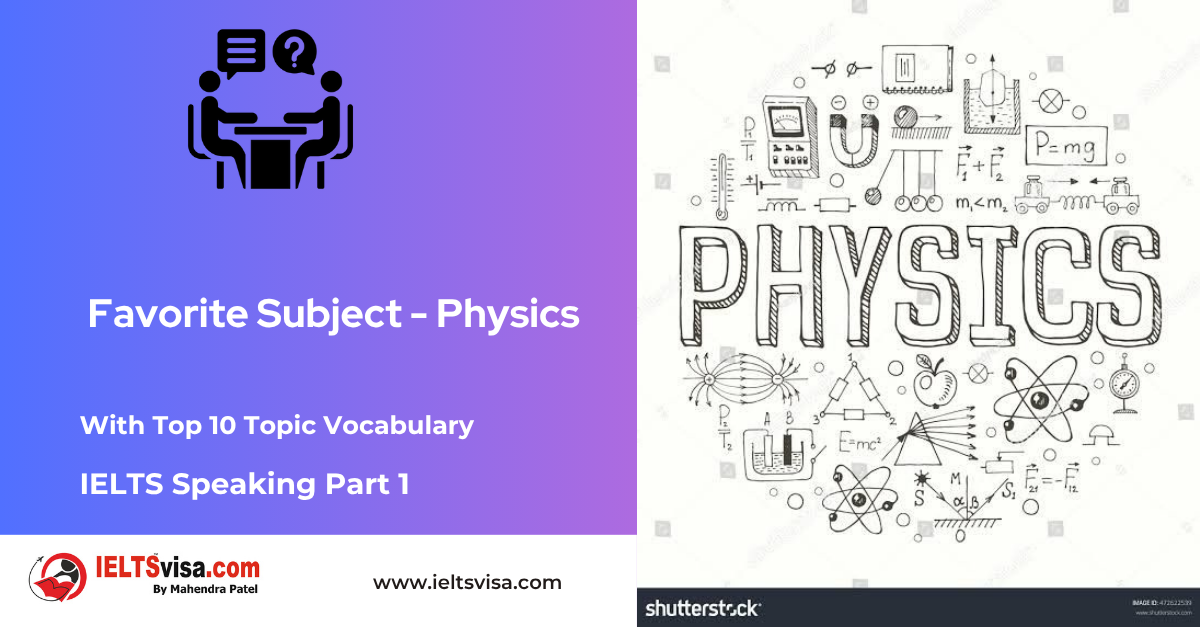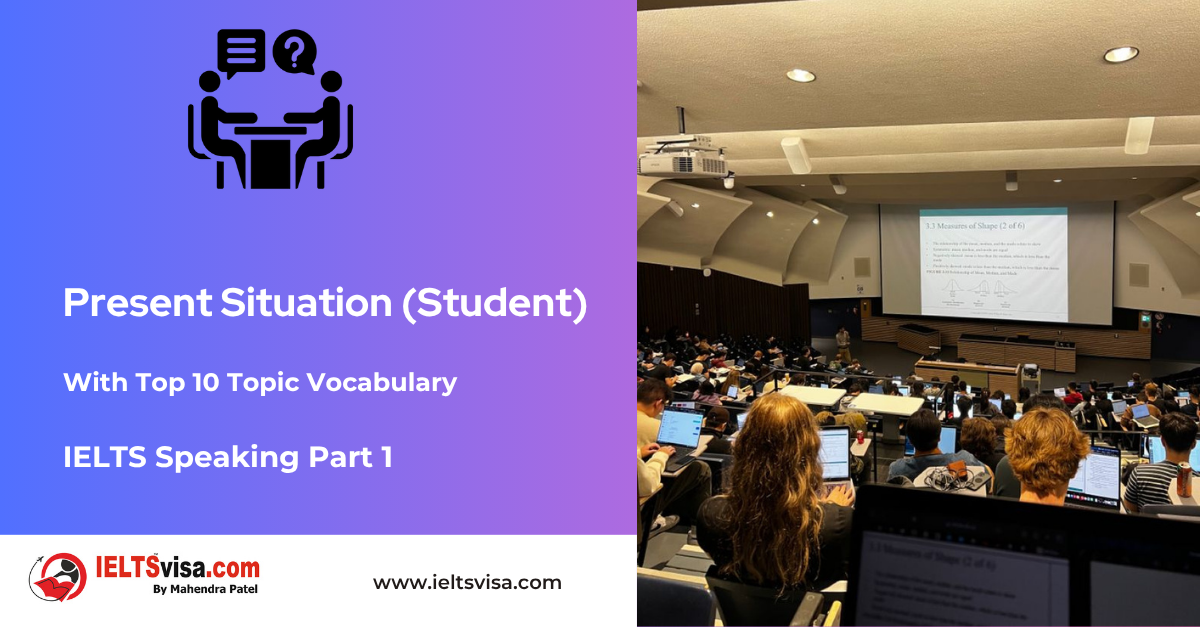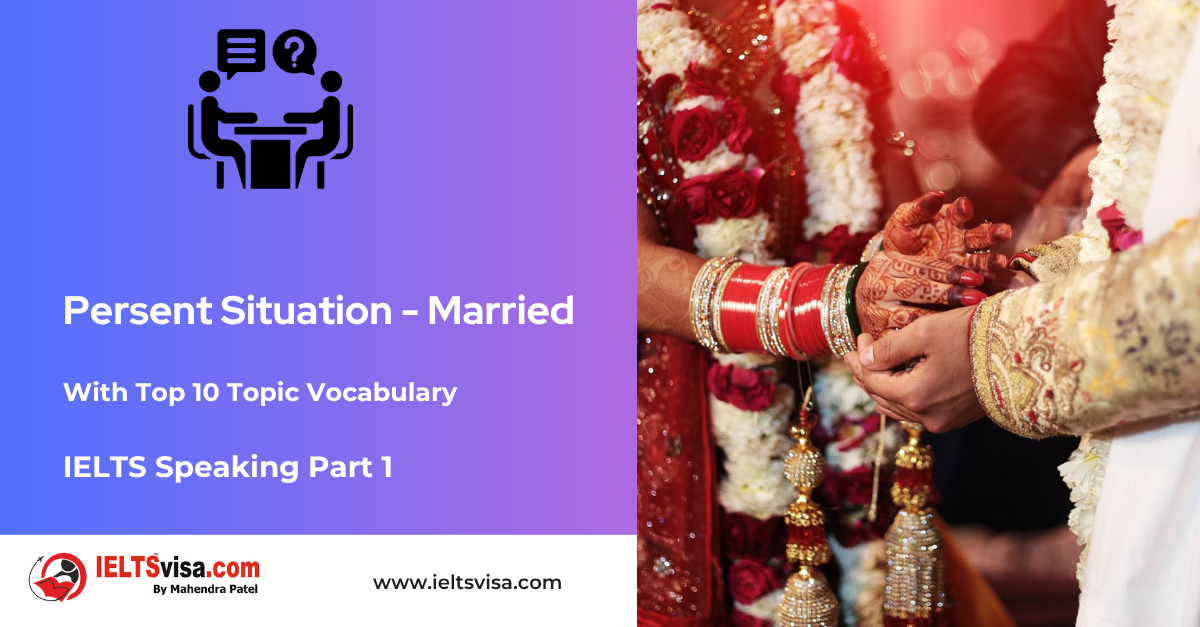Verb to Have
Grammar for IELTS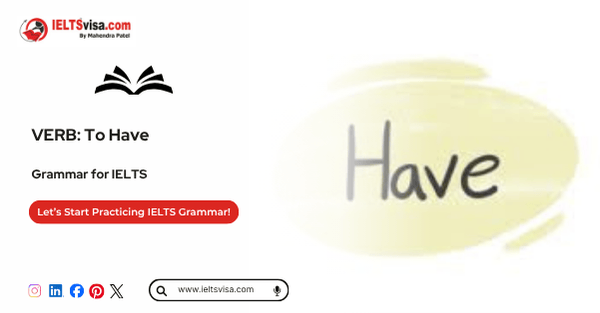
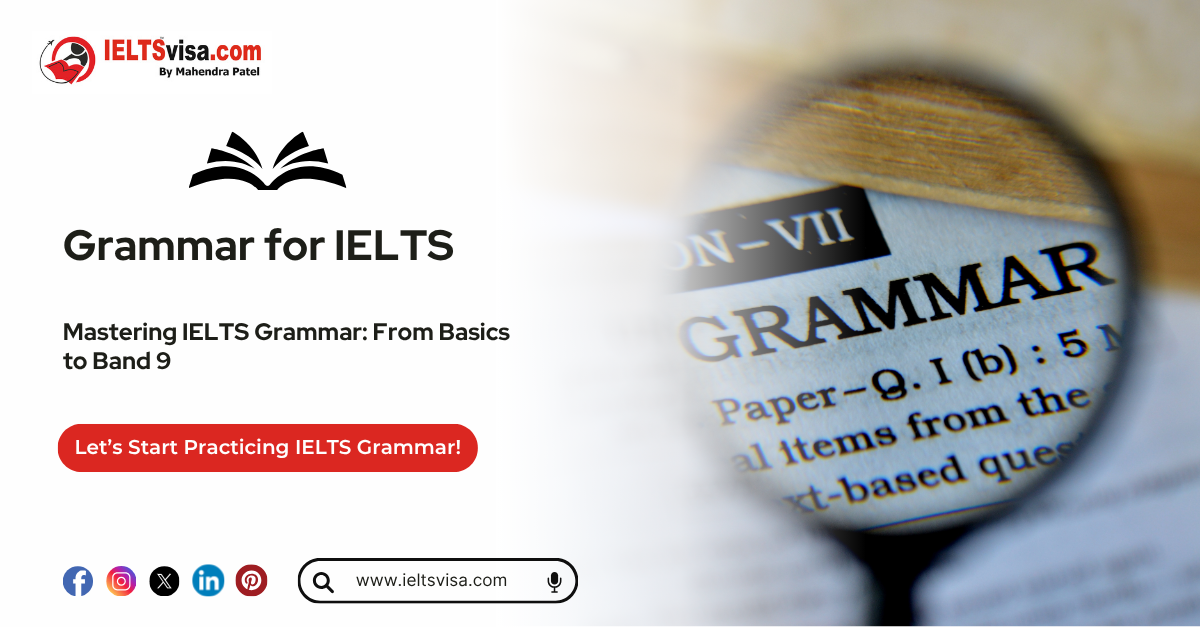
Verb to Have: What Type of Word Is “Have” and What Are Its Forms?
Hello, students! 😊 Today, we are going to learn all about the verb “to have.” This small yet powerful verb is one of the most commonly used words in the English language. Whether you’re just starting to learn English or you’re looking to improve your grammar skills, understanding the word “have” will help you communicate better. So let’s dive into this exciting topic!
Quick Overview of “To Have”
The verb “to have” can be used in two ways:
1. As a main verb to show possession or relationships.
-
-
- Example: I have a dog.
-
2. As an auxiliary (helping) verb to form perfect tenses.
-
-
- Example: I have finished my homework.
-
This verb is irregular, meaning it doesn’t follow the regular rules for verb forms. Its main forms are:
-
- Present: have, has
- Past and Past Participle: had
- Present Participle: having
Forms of “To Have”
Here’s how “to have” changes depending on the subject and tense:
|
Person |
Present |
Past |
Past Participle |
Present Participle |
|
I |
have |
had |
had |
having |
|
You |
have |
had |
had |
having |
|
He/She/It |
has |
had |
had |
having |
|
We |
have |
had |
had |
having |
|
They |
have |
had |
had |
having |
Uses of “To Have”
1. “To Have” as a Main Verb
When “to have” is the main verb, it often means:
-
- Possession:
I have a new book.
She has a bicycle. - Experience:
We had a wonderful holiday.
They are having fun at the park. - Necessity or Obligation (when used with “to”):
I have to study for my exam.
He had to leave early.
- Possession:
Other Common Uses:
1. To describe characteristics:
-
-
-
- The house has a beautiful garden.
-
-
2. To ask if something is available:
-
-
-
- Do you have time to talk?
-
-
3. To express feelings or thoughts:
-
-
-
- I had a bad feeling about this.
-
-
2. “To Have” as an Auxiliary Verb
“To have” is also used as an auxiliary verb to form perfect tenses.
-
- Present Perfect:
I have seen that movie.
She has completed her project. - Past Perfect:
We had finished dinner before the guests arrived. - Future Perfect:
By tomorrow, I will have completed my assignment.
- Present Perfect:
In these examples, “have” or “had” works with the past participle of the main verb to show when something happened.
3. “To Have” in Continuous Tenses
When used as a continuous tense, “to have” takes the form “having.”
-
- Present Continuous:
We are having a great time!
She is having lunch. - Past Continuous:
They were having a meeting when the alarm went off.
- Present Continuous:
Examples with Both Uses
“To have” can act as both a main verb and an auxiliary verb in the same sentence:
-
- I have had many memorable trips.
Here, “have” is the auxiliary verb and “had” is the main verb. - He had had a difficult week before the holiday.
In this case, “had” serves both roles!
- I have had many memorable trips.
How to Use “To Have” in Questions and Negatives
Questions
To ask a question with “to have,” move the verb before the subject.
-
- Do you have a pencil?
- Has she completed her homework?
- Had they finished the work?
Negatives
To make “to have” negative, add “not” after it.
-
- I do not have any questions.
- She has not arrived yet.
- We had not seen him before.
Contractions:
-
- I haven’t (have not)
- She hasn’t (has not)
- They hadn’t (had not)
Practice Time!
Let’s test your understanding with a few exercises. Fill in the blanks with the correct form of “to have”:
1. I _____ a lot of homework to finish tonight.
2. She _____ a big birthday party last year.
3. They _____ not arrived yet.
5. We _____ been planning this trip for months.
Answers
1. have
2. had
3. have
4. have

Our Books
Master IELTS Speaking Part 1
IELTS Writing Task 1 Book
IELTS Writing Task 2 Book
Practice IELTS Other Modules
IELTS Listening
The IELTS Listening test assesses how well you can understand spoken English in various contexts. It lasts about 30 minutes and is divided into four sections with a total of 40 questions. The listening tasks become increasingly difficult as the test progresses.
IELTS Academic Reading
The IELTS Academic Reading section assesses your ability to understand and interpret a variety of texts in academic settings. It is designed to evaluate a range of reading skills, including skimming for gist, reading for main ideas, reading for detail, understanding inferences, and recognizing a writer's opinions and arguments.
IELTS Speaking
The IELTS Speaking test assesses your ability to communicate in English on everyday topics. It lasts 11-14 minutes and consists of three parts: introduction, cue card, and a discussion based on the cue card topic.
IELTS General Reading
IELTS General Reading tests your ability to understand and interpret various types of texts. Here are some key areas and types of content you can expect to encounter in the reading section, along with tips for effective preparation.
IELTS Academic Writing Task 1
In IELTS Academic Writing Task 1, you are presented with a visual representation of information, such as graphs, charts, tables, or diagrams, and you are required to summarize, compare, or explain the data in your own words.
IELTS General Writing Task 1
In IELTS General Writing Task 1, you are required to write a letter based on a given situation. The letter can be formal, semi-formal, or informal, depending on the prompt. Here’s a breakdown of the key components to include in your letter
IELTS Academic Writing Task 2
In IELTS Academic Writing Task 2, you are required to write an essay in response to a question or topic. Here’s a guide to help you understand the essential elements of this task
IELTS Exam Tips
To succeed in the IELTS exam, practice regularly, familiarize yourself with the test format, improve your vocabulary, develop time management skills, and take mock tests to build confidence.
Grammer for IELTS
Grammar is the foundation of effective communication in English. Understanding tense usage, subject-verb agreement, and sentence structure enhances clarity and coherence in writing and speaking.
Vocabulary for IELTS
Vocabulary plays a crucial role in the IELTS (International English Language Testing System) exam, especially in the Speaking and Writing sections. Here’s an overview of why vocabulary is important and how it impacts your performance
RECENT IELTS SAMPLES QUESTIONS AND ANSWERS
IELTS Speaking Part 1 – Favourite Sujbect – Physics
IELTS Speaking Part 1 - Favourite Sujbect - Physics Q: What is your favourite subject? A: My favourite subject...
IELTS Speaking Part 1 – Present Situation (Student)
IELTS Speaking Part 1 - Present Situation (Student) Q1: Are you a student or do you work?A: I’m a full-time...
IELTS Speaking Part 1 – Present Situation – Employee – as an International Student and Social Worker
IELTS Speaking Part 1 - Present Situation - Employee - as an International Student and Social Worker Q1: Are...
IELTS Speaking Part 1 – Persent Situation – Employee- as an Electric Engineer
IELTS Speaking Part 1 - Persent Situation - Employee- as an Electric Engineer Q1: What do you do for a...
IELTS Speaking Part 1 – Persent Situation – Employee – as an Software Engineer
IELTS Speaking Part 1 - Persent Situation - Employee - as an Software Engineer Q1: What do you do for a...
IELTS Speaking Part 1 – Persent Situation – Married
IELTS Speaking Part 1 - Persent Situation - Married Q1: Are you married?A: Yes, I am married. My spouse and I...

